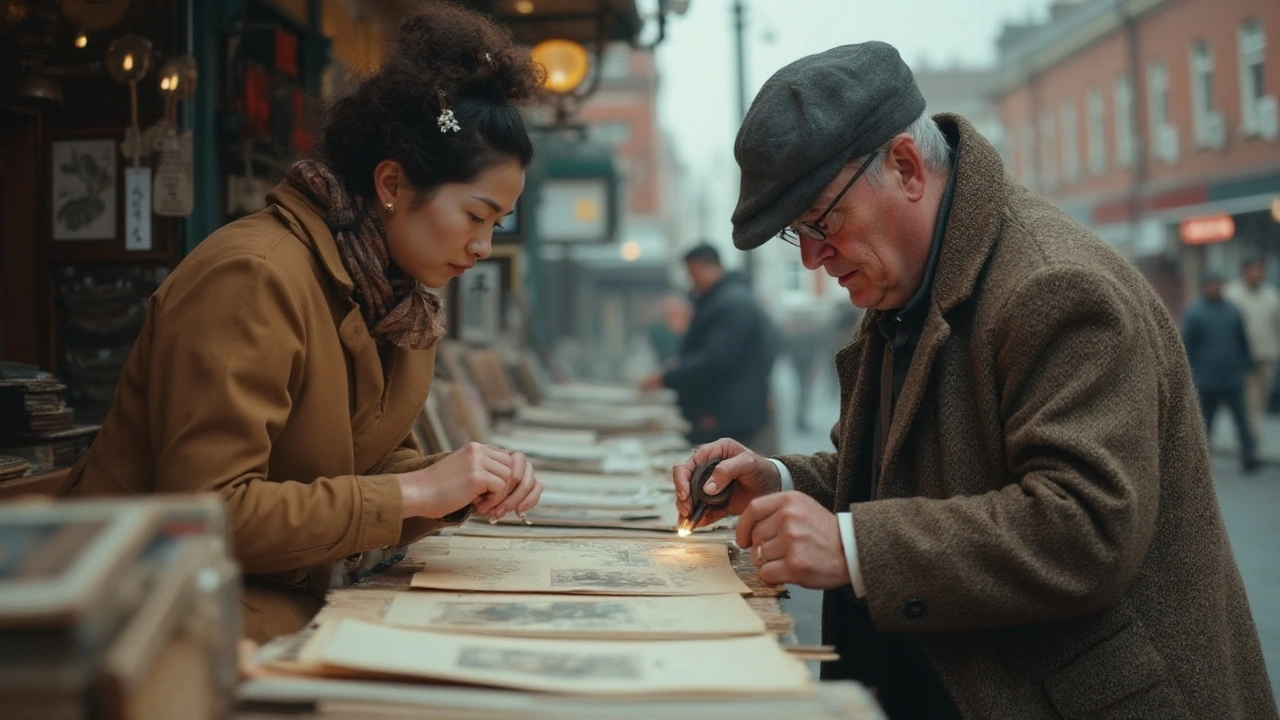Hokusai – Why This Japanese Master Still Captivates Us
If you’ve ever seen a wave that looks like it’s about to crash off the page, you’ve probably met Hokusai. His bold lines, bright colors, and clever composition turned a simple landscape into a visual punch. In this guide we’ll break down what makes his work special, where you can see his prints up close, and a few tricks to read his art like a pro.
What Sets Hokusai Apart?
Hokusai wasn’t just another ukiyo-e artist. He churned out over a thousand designs in his lifetime, each with a different vibe. The secret is his play with perspective – look at "The Great Wave" and notice how the boats seem to tilt into the viewer’s space. That trick pulls you right into the scene. He also loved to experiment with colour. Early prints use muted blues, later ones explode with vivid reds and indigos, thanks to new pigment imports.
Another hallmark is his sense of storytelling. A single sheet often shows a whole narrative – a fisherman battling the sea, a kite soaring over a bustling street, or a tea master in a quiet garden. When you scan the details you’ll spot hidden jokes, like tiny crabs scurrying under a wave, that keep the image fresh every time you look.
How to Experience Hokusai Today
Seeing the originals is a game‑changer. Major museums in Tokyo, London, and New York rotate Hokusai pieces, so a quick check of their exhibition calendars can land you a front‑row seat. If you can’t travel, many galleries offer high‑resolution scans – the Museum of Fine Arts, Boston, and the British Museum have free online viewers that let you zoom in on brush strokes.
Want to bring a piece of Hokusai into your home? Look for reproductions printed on archival paper; they capture the texture of the woodblock without the risk of damage. Pair a print with a simple shoji screen or a neutral rug, and the room instantly feels like a Japanese garden.
Finally, if you’re an artist yourself, try a hands‑on experiment. Pick a simple Hokusai sketch, trace the line work onto a fresh block of linoleum, and carve your own version. The process reveals why his lines feel so fluid – it’s the balance between bold cuts and delicate curves.
Hokusai’s influence ripples through modern design, too. Notice the clean, dynamic shapes in today’s graphic tees or the bold wave motifs in streetwear – that’s his legacy surfing forward. So the next time you spot a wave in a design, ask yourself: is this a nod to Hokusai’s genius?
Explore more on Paul Artistry: our tag page gathers articles that touch on related movements, from Pop Art’s comic energy to Abstract Expressionism’s bold gestures. Each piece can help you see how Hokusai fits into the larger story of visual expression.

